When renting a dumpster, a temporary roll-off dumpster can be used for a variety of tasks, such as construction, business, and home projects. Both big and small jobs can be done with a roll-off dumpster. Learn how to get the right size dumpster the first time. This will save you time and make sure your rental goes smoothly.
To Get Ready For The Dumpster To Be Picked Up, Do The Following:
Make sure the things in your dumpster are spread out evenly and don’t stick up at the top. Don’t go over the allowed maximum weight (10 tons).Take away any parked cars or other things that might make it hard to get to your trash.
Make sure the gates are open or give our driver a key or access code to get into the service area. Take off the tarp that was over your dumpster to protect it from the weather. People who live in the city and have a current account for city services can hire a dumpster to be brought to their home.
There can’t be any past-due balances on the account that is being charged. The container can be rented for up to 10 days. If the dumpster is needed for longer than 10 days, there will be an extra charge. Before the dumpster is sent, the person who asked for it must sign a liability release and a service contract. There won’t be any trash that is bad.
Even though your trash can can hold a week’s worth of trash, sometimes you need a bigger dumpster to handle the amount of trash. Even though dumpster rentals are very common, they are not only used for commercial building projects.
Renting a dumpster is a great idea if you need to get rid of a lot of yard waste, trash, or debris from a renovation project. The cost will depend on the size of the dumpster and how long you need it on-site. Read on to learn more about how much it costs to rent a dumpster.
A Few Important Factors Affect How Much It Costs To Rent A Dumpster:
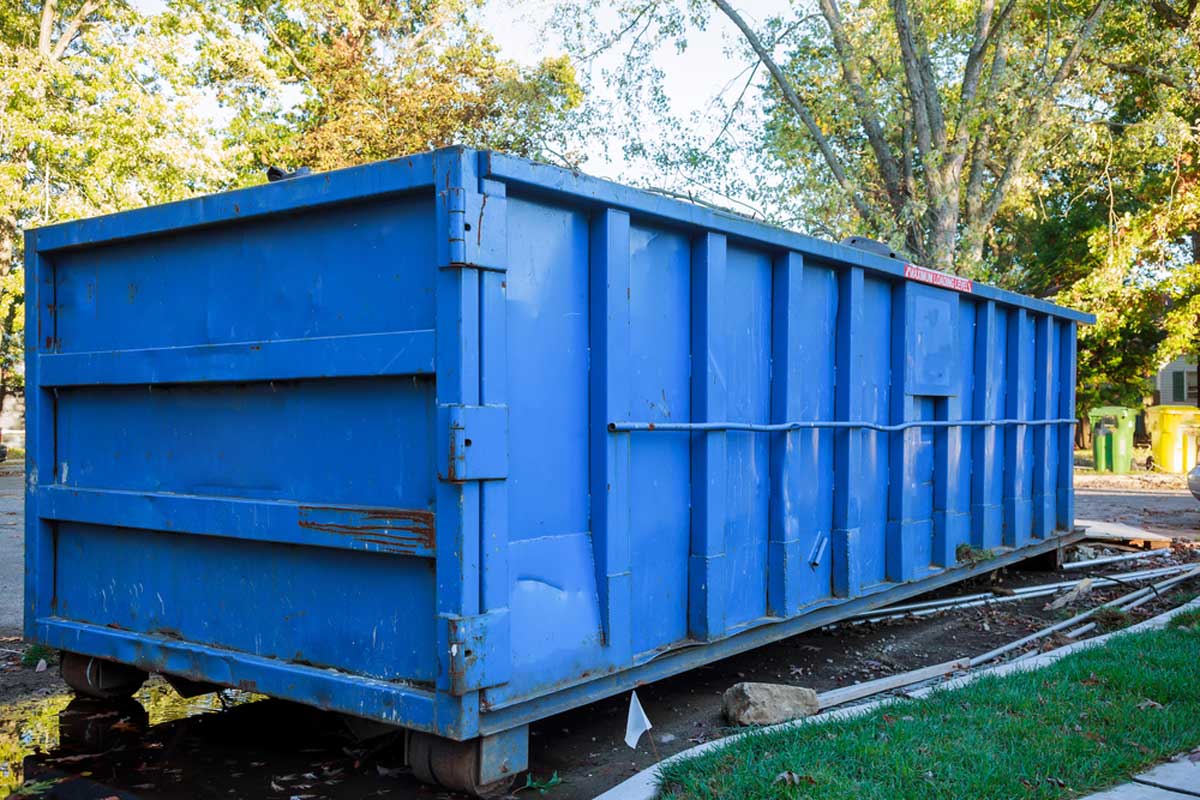
Things to think about are the size of the dumpster, how long you can rent it for, how much it will cost to get rid of, where it is, and if it is available. You’ll need to get a few quotes from local businesses to figure out what the best price is for your area, but these ideas will help you get started.
Potential For Dangerous Waste:
Hazardous materials are handled differently at waste treatment centers, so let the rental company know what you plan to put in the dumpster and what you actually put in it. Getting rid of hazardous waste is more expensive, and some things, like Freon, asbestos, and computers, are just not allowed in many places.
Wastebasket:
A trash bag from a nearby hardware store is an interesting choice. These come broken down, so all you have to do is set one up in your driveway and fill it with whatever you have on hand, like trash bags, plywood, or tiles. Some of them can hold as much as 3,300 pounds of stuff. When it’s full, you should call Waste Management to have it picked up and thrown away.
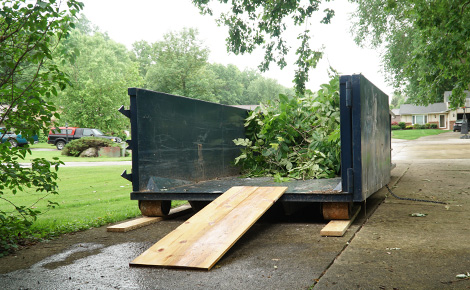
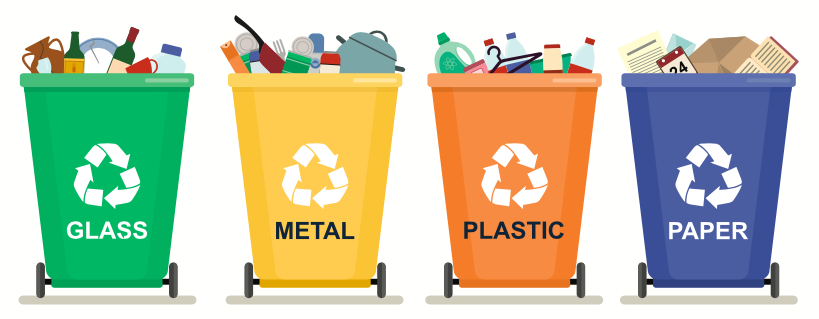
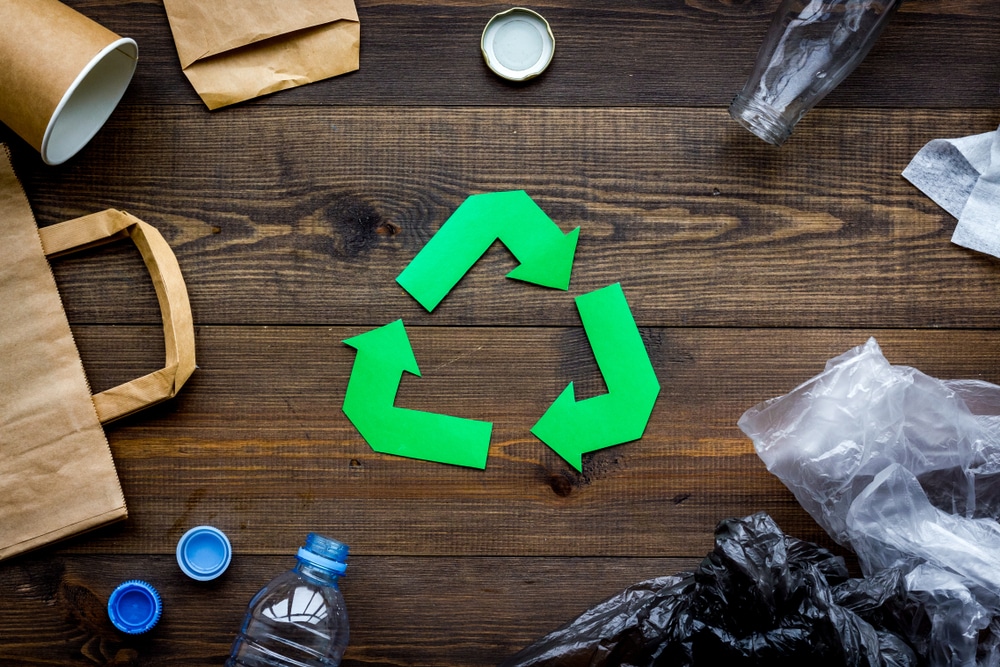

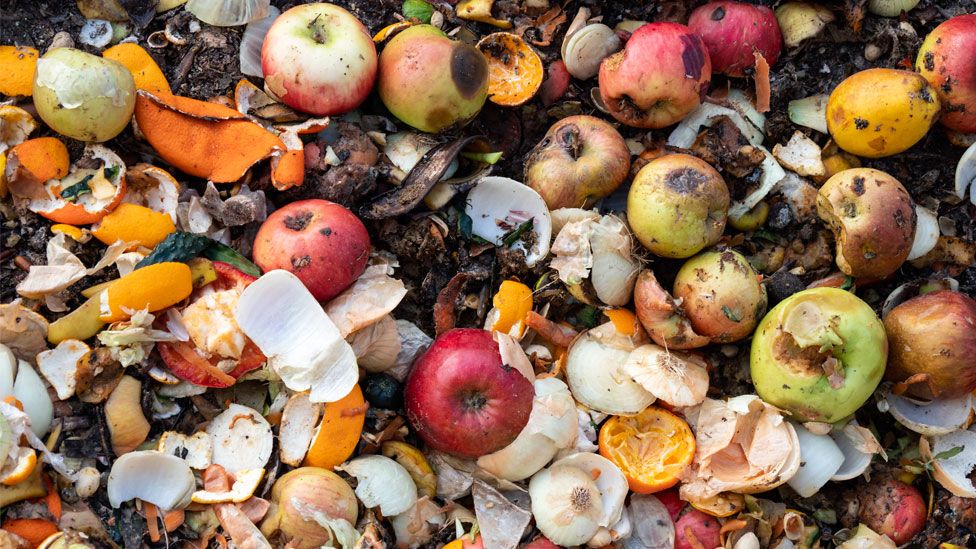
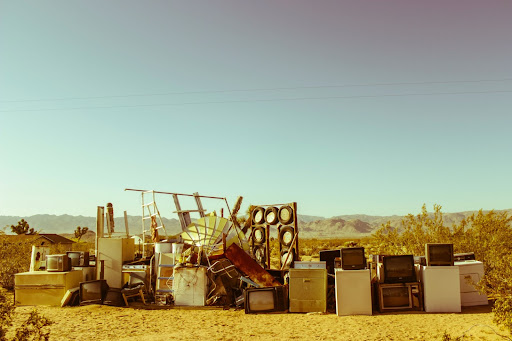
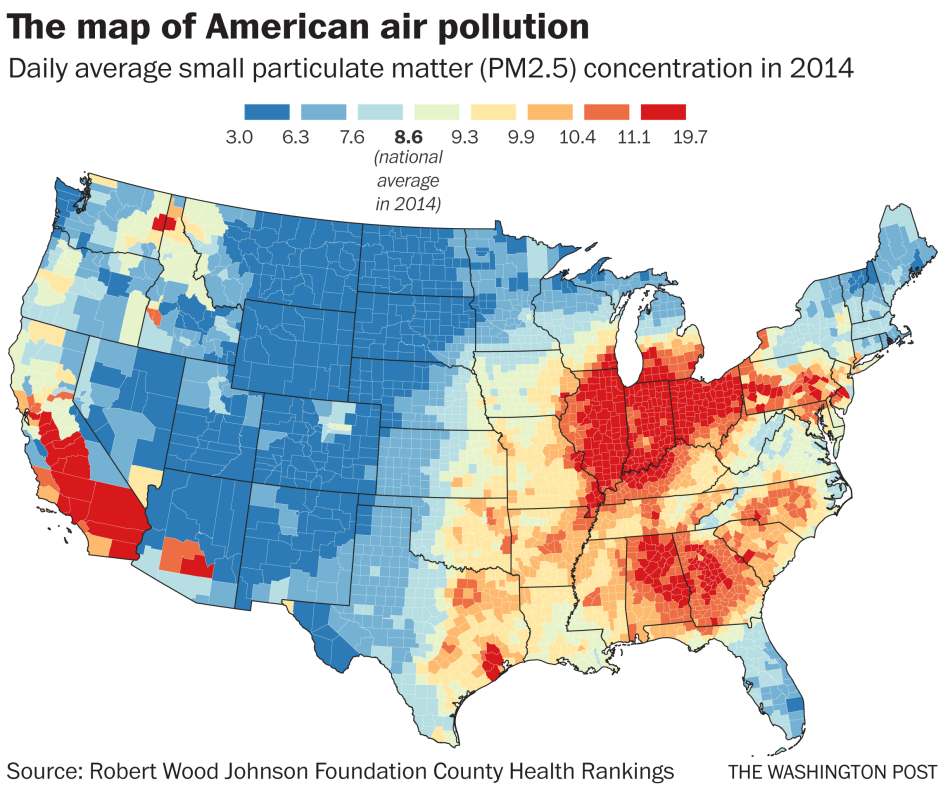
 Nowadays your mobile is your main access to the Internet and the flurry of products available there. Mobile usage has risen exponentially in recent history, and therefore gaming and trading operators are all rushing to make sure they can offer the best mobile experience. One thing you can now do easily from your mobile phone is manage your finances in the New Year.
Nowadays your mobile is your main access to the Internet and the flurry of products available there. Mobile usage has risen exponentially in recent history, and therefore gaming and trading operators are all rushing to make sure they can offer the best mobile experience. One thing you can now do easily from your mobile phone is manage your finances in the New Year.